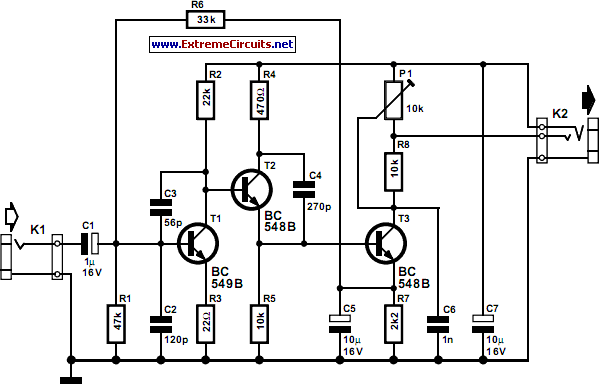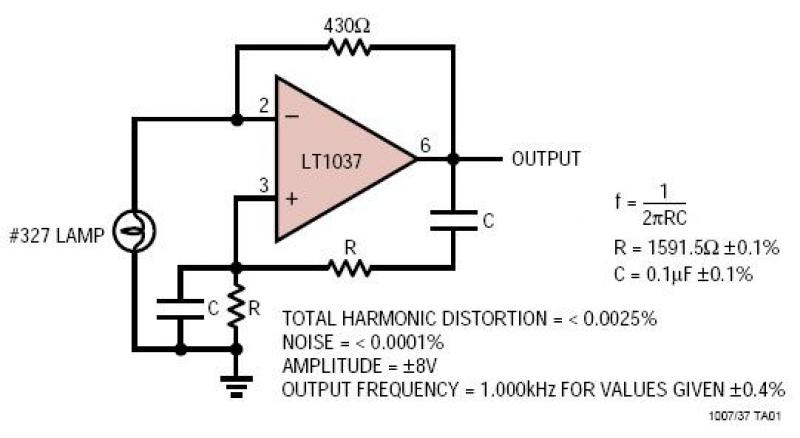
Sound effects generator (UM3561)

A simple sound generator IC that can produce four sound effects. Designed for use in toys, the effects are selected by varying the connections to pins 1 and 6 as follows. More: A usual toy sounder IC circuit.
The sound generator integrated circuit (IC) is a versatile component commonly utilized in toy applications to produce various sound effects. This specific IC is capable of generating four distinct sound effects, which can be selected by manipulating the connections to pins 1 and 6.
In typical implementations, the sound generator IC is connected to a power supply, often a battery, providing the necessary voltage for operation. The output of the IC is usually connected to a small speaker or piezoelectric buzzer, which converts the electrical signals into audible sound waves.
To select different sound effects, the circuit design allows for various configurations of external components connected to pins 1 and 6. These may include resistors, capacitors, or switches that determine the behavior of the sound generator. By altering these connections, the user can achieve different sound outputs, such as beeps, melodies, or other sound effects, enhancing the interactive experience of the toy.
In addition to the basic connections, it is important to consider the power management aspects of the circuit. Bypass capacitors may be included near the power supply pins to filter out noise and ensure stable operation. Furthermore, incorporating an on/off switch can help conserve battery life when the toy is not in use.
The overall design of the toy sound generator circuit is intended to be simple and user-friendly, making it suitable for various toy applications, from educational devices to entertainment products. Its compact nature and straightforward operation allow for easy integration into a wide range of toy designs.A simple sound generator IC that can produce four sound effects. Designed for use in toys, the effects are selected by varying the connections to pins1 and 6 as follows. A usual toy sounder IC circuit.
The sound generator integrated circuit (IC) is a versatile component commonly utilized in toy applications to produce various sound effects. This specific IC is capable of generating four distinct sound effects, which can be selected by manipulating the connections to pins 1 and 6.
In typical implementations, the sound generator IC is connected to a power supply, often a battery, providing the necessary voltage for operation. The output of the IC is usually connected to a small speaker or piezoelectric buzzer, which converts the electrical signals into audible sound waves.
To select different sound effects, the circuit design allows for various configurations of external components connected to pins 1 and 6. These may include resistors, capacitors, or switches that determine the behavior of the sound generator. By altering these connections, the user can achieve different sound outputs, such as beeps, melodies, or other sound effects, enhancing the interactive experience of the toy.
In addition to the basic connections, it is important to consider the power management aspects of the circuit. Bypass capacitors may be included near the power supply pins to filter out noise and ensure stable operation. Furthermore, incorporating an on/off switch can help conserve battery life when the toy is not in use.
The overall design of the toy sound generator circuit is intended to be simple and user-friendly, making it suitable for various toy applications, from educational devices to entertainment products. Its compact nature and straightforward operation allow for easy integration into a wide range of toy designs.A simple sound generator IC that can produce four sound effects. Designed for use in toys, the effects are selected by varying the connections to pins1 and 6 as follows. A usual toy sounder IC circuit.





